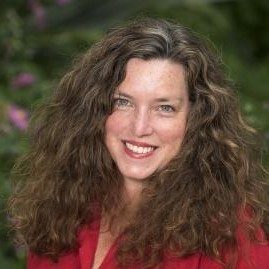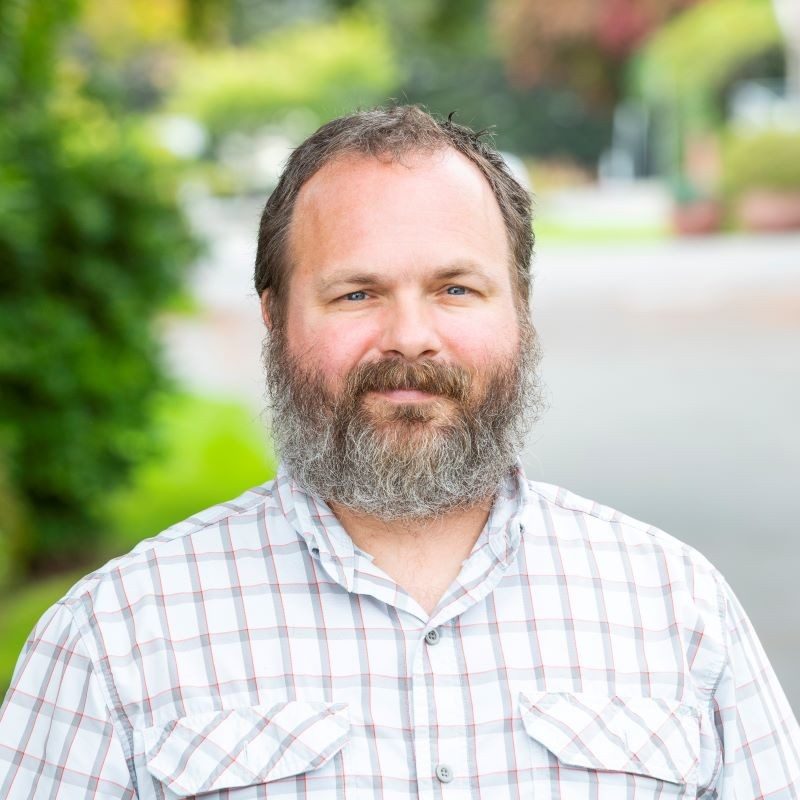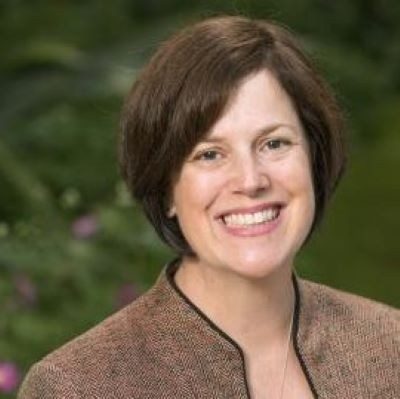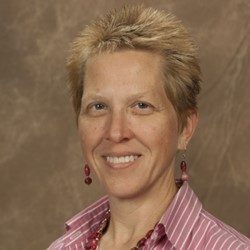Varied strategies all get results. Many chemistry departments are adding or expanding on learning opportunities for their students, and that often means adding peer-to-peer strategies. That may mean anything from tutoring to supplemental instruction (SI) or peer-led team learning (PLTL). No matter which a chemistry department implements, each has its merits.
by Leslie Mertz for the American Chemical Society
Reaching out
At the chemistry department of Salisbury University in Maryland, student tutors are one part of a broader approach to assist students outside of the classroom, and it started with an effort to enhance faculty office hours. "For many years, we have been asking faculty to contribute an office hour to a pool, and then we would tell our students that they could go to anyone's office hour for help with any class. That way, even if their professor wasn't available at a particular time, they could still go to see another professor for help," said Stephen Habay, Ph.D., professor and chair of the department.
In 2021, the department took the office-hour pool one step further. "We wanted to have one central location where all the faculty's donated office hours are held, so students didn't have to plan ahead and could just show up and know someone would be there," he said. It turned out to be a fairly simple thing to do. Habay approached the college dean to help find an empty room on campus, the IT department outfitted the room with computers and printers, a bit of surplus furniture made it comfortable, and that empty room quickly transformed into the new Chemistry Support Center (CSC).
To make sure students could always find help during the CSC's weekday hours, the department added student tutors to the mix. The tutors are paid undergraduate students who have exceled in chemistry courses, gone through a tutor workshop run by university's Center for Student Achievement, and received additional chemistry-specific departmental training, Habay described. They also have access to the faculty's homework assignments so they can target their help to a student's specific need. Besides filling out the office-hour schedule, the student tutors have proven to be good options for those students who feel more comfortable working with or asking questions of another student instead of a faculty member," Habay said.
The students aren't the only ones who benefit from the peer-to-peer interaction, he noted. "The tutors gain leadership and team-building skills, and it keeps them sharp on their chemistry knowledge, so they are very well-prepared if they go on to take GREs and MCATs."
The department has begun to collect data to determine the center's impact on student success in chemistry classes. In the meantime, anecdotal feedback has been "overwhelmingly positive," Habay said. "Before the CSC, not a lot of students would come to office hours, but now we are getting more than 400 visits to the CSC a month. And the tutors have been very popular: They are always busy with students. We are very excited about how well everything is working out."
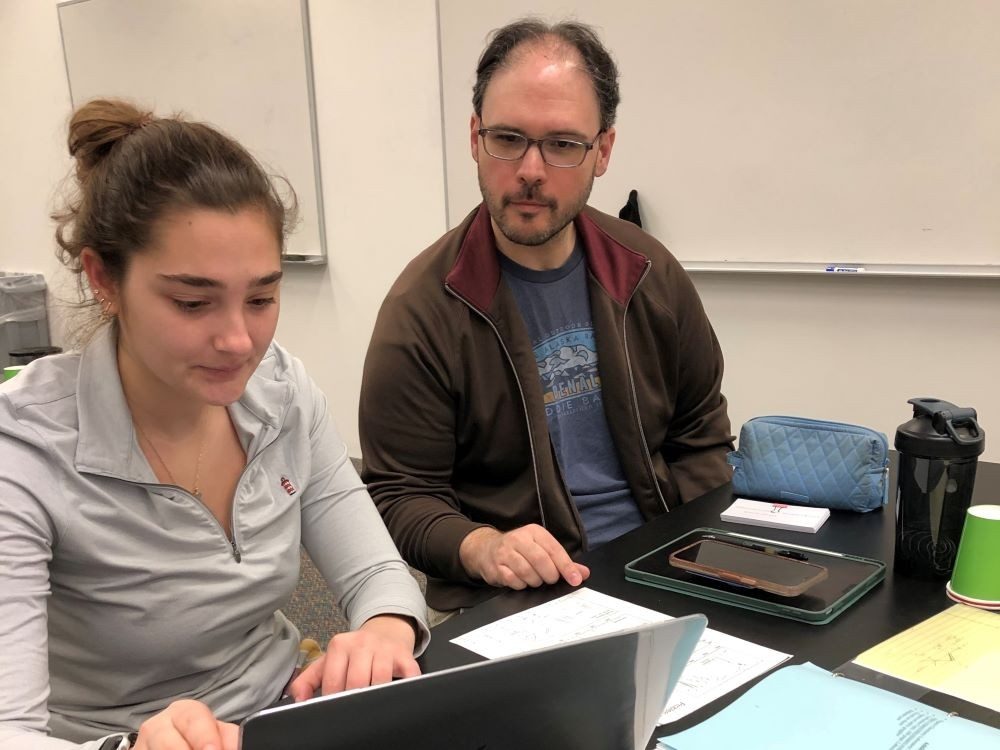
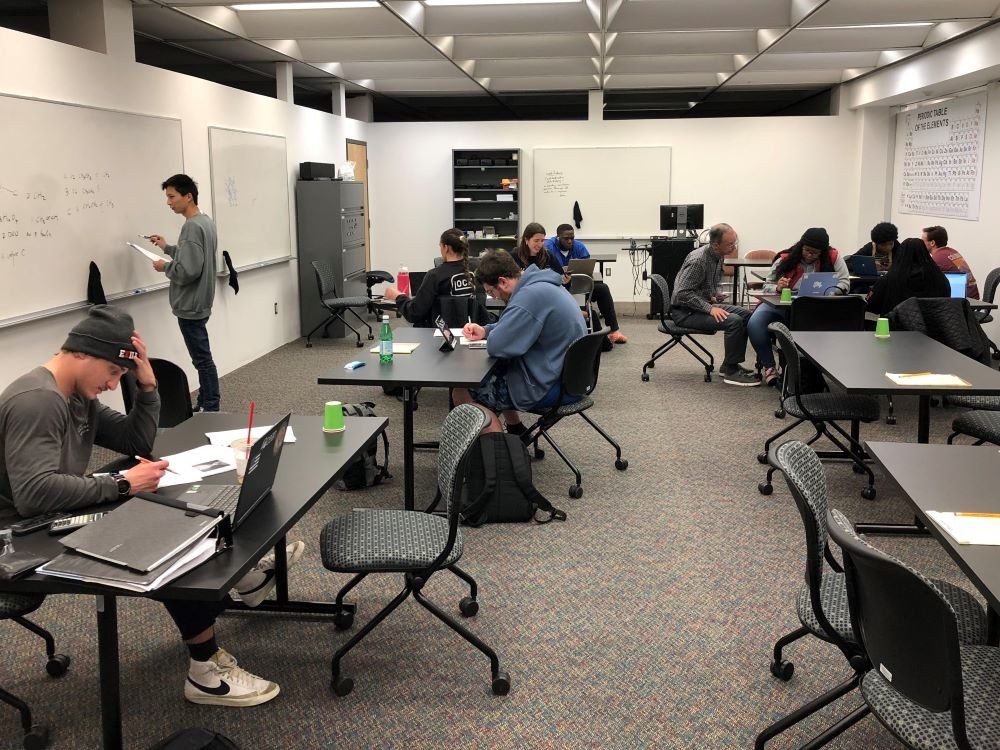
Peer-to-peer SI
At California State Polytechnic University, Humboldt (Cal Poly Humboldt), its Learning Center has embraced peer-to-peer learning. "The center has been around for about 20 years, and today has about a hundred instructional student assistants who work to support many classes on campus," said Arianna Thobaben, supplemental instruction coordinator and faculty lecturer in education. This includes twice-a-week credit/no-credit SI courses designed to align with entry-level chemistry classes. For these SI courses, peer leaders meet regularly with faculty, go over the syllabi, and plan coordinating lessons filled with collaborative activities that encourage discussion, engagement, and ultimately improved understanding of the material.
Although chemistry students can just drop in now and then rather than taking an SI course for credit, enrollment offers the most benefit, said Joshua Smith, Ph.D., chemistry chair and professor. "By enrolling, it becomes a routine for the student and a way to really learn the material. Our data over the years have shown that SI courses work, and our enrolled students have higher success rates than those who don't."
In fact, when comparing students who enrolled in and consistently attended an SI course vs. those who did not, 90 percent of the SI enrollees passed their associated chemistry classes (grades of A-C) compared to 81 percent of all students (SI and non-SI combined), reported Su Karl, director of the Learning Center. “In addition,” she said, “among students who participated in the Learning Center drop-in, peer-to-peer tutoring in math and science, our analysis predicts that each contact hour translates to a 0.01 or 0.02 increase in course GPA.”
Cal Poly Humboldt has made peer learning a staple in its educational program for several reasons. "One is that it offers a 'safe zone' for students to ask questions and make mistakes," Karl said. "Another is that students see role models in the SI leaders and tutors. That is particularly important for underrepresented students who may be in demographics that are missing from the faculty."
Yet another positive aspect of peer-to-peer learning is the sense of community it engenders, especially through the collaborative activities in SI classes, Thobaben added. "SI classes become a way to get to know other students. It's been shown that students who have a feeling of belonging are more likely to stay in school. Plus, friends are important."
In addition, the student SI leaders and tutors get much more from their participation than a paycheck, Smith said. "The employment is very important and also good for retention, but they also really come to know their chemistry, which is super helpful for getting into graduate school or joining the workforce." He remarked, "This really is an invaluable experience that I don't know how we could give them otherwise."
Integrating PLTL
PLTL is another peer-to-peer strategy, and while it requires a high level commitment from faculty, it is worth the effort, according to Regina "Gina" Frey, Ph.D., a national leader in peer-led learning and Ronald and Eileen Ragsdale Endowed Chair in Chemical Education at the University of Utah.
In PLTL, the faculty person divides the class into six- to 10-student teams, and assigns one trained peer leader to each. Peer leaders receive training on pedagogy, especially how to use collaborative learning techniques to get the group to work problems together, discuss why they're approaching a problem in a certain way, question one another constructively, and make sure all of the students are involved, Frey explained. "Training can vary from a one-week workshop with follow-up progress meetings, to a full-semester course. I prefer the full-semester course, because if they haven't worked with groups before, it can be a lot of information to absorb."
Besides organizing the student groups, the faculty member must then carefully consider the problems they will task the groups with solving whether that PLTL session is within a lecture class, in a discussion session, or in sessions outside lecture or discussion classes, Frey said. "You don't want the students to sit and just quickly solve the problems. What you want is the advantage that comes when they really discuss and ask questions, think about things and probe ideas. A good way to do that is to write questions that start as reviews of concepts, and then move into more applications-oriented and complex questions."
Like other peer-led learning strategies, PLTL helps improve student learning and gives new skills and experiences to peer leaders. It even makes teaching more interesting for faculty, Frey asserted. "I love it for my own classes. When students work in small groups like this, they're talking to each other, they get confirmation from others who agree with what they're saying, so they feel much more comfortable to speak up in the bigger class. That means you have a bigger diversity of voices in class, and as the teacher, you end up learning too."
Implementing PLTL takes thought and effort, so chairs who are thinking about giving it a try would do well to invite an experienced faculty member to the department to provide an overview and answer questions, she said. Some departments may consider giving a faculty member a paid semester to explore the possibilities, work with the university's learning center, and have time to prepare for adding PLTL to a course, or if available, may wish to hire a graduate student to work with a faculty member to set up PLTL.
"There are a number of places where you can learn about PLTL and other peer-led options," Frey said. "That includes visiting websites for groups like the Peer-Led Team Learning International Society at pltlis.org, and the Learning Assistance Alliance at learningassistantalliance.org, or attending seminars or conferences where you can talk to people who are using the many different models of peer-led learning."
Regardless of the particular models of peer-led learning, all have value, she added. "With peer-led learning, students learn more deeply, and they perform better in class. It works."

